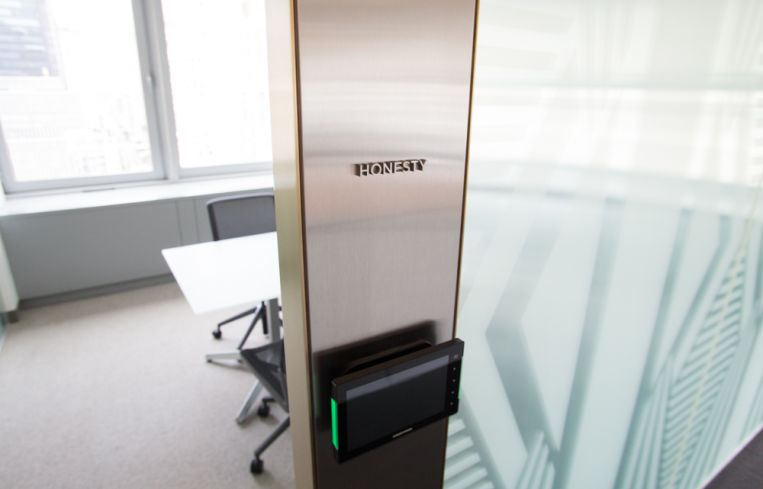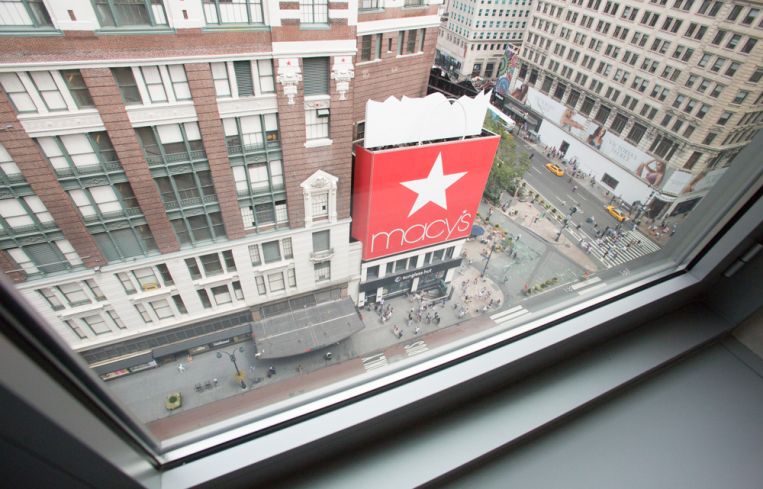The Plan: Why ESRT Never Moved Into Its Empire State Building







Just how difficult is it to score an office at the Empire State Building?
Ask Anthony E. Malkin, the chairman and chief executive officer of Empire State Realty Trust, which owns New York’s most iconic skyscraper. When Malkin was looking to consolidate four ESRT offices under one roof at its most famous property, he ran into a problem.
“We kept leasing the goddamn floors,” Malkin said.
It’s a good problem to have—but over the course of two years, ESRT still hadn’t completed its relocation.
“There were four different floors to which we determined we would move,” Malkin, 54, told Commercial Observer last month, a few days before the public company moved into its new headquarters. “We ended up saying, ‘OK, screw it—we’ll just go to another building.’ ”
But if you can’t bring Mohammed to the mountain, you bring the mountain to Mohammed (sort of).
Its new home is a block away, at 111 West 33rd Street, the 62-year-old building between Avenue of the Americas and Seventh Avenue, another in ESRT’s 10.1-million-square-foot primarily commercial portfolio.
The renovated, 37,000-square-foot full-floor office (the rent in that building is in the mid- to high $60 per square foot range, according to ESRT) is equipped for 165 employees (140 were included in the recent move) and features Art Deco etchings on the walls and in the glass of the conference rooms that were taken from the Empire State Building.
“We’ll have access to the fitness center [in the Empire State Building], which is tenants-only, but we’re a special exception,” Malkin said.
ESRT has given itself a big, clean space with 27 conference rooms, multipurpose rooms (think: kitchen) and meeting spaces—and zero private offices. “There are only three rooms that are closed off,” Malkin said. “The server room, the IT room and the audit room.” Malkin sits at the end of a row of desks that includes ESRT’s president, chief financial officer, general counsel and head of property operations and leases.
Paper is largely seen as the enemy at this office: Filing cabinets are few. (Yes, there is a handful because check stock needs to be kept somewhere.) There’s a modest bit of storage space at every desk. There are a few stray printers, but they are the exception.
CO saw one lone printer between accounts receivable and branding.
“The printing system is that you send a print job and you have to take your fob to the printer,” said Malkin. “If you don’t pick it up in five minutes, it’s automatically erased.”
On a more ominous note, Malkin added, “We’re going to track every single person who prints—and people who print a lot have to have a reason.” (While committed to eco-friendly real estate, Malkin is also an unapologetic critic of LEED, insisting it’s a glorified scavenger hunt rather than a serious plan to reduce a carbon footprint.)
The various conference rooms feature chairs with no arms (to encourage leaning in, in the literal, non-Sheryl Sandberg sense), and the rooms take their names after ESRT guiding principles like “Team” and “Honesty”—with two notable exceptions.
There is a boardroom named “Wien,” which is Malkin’s great-grandfather’s name—as well as the German name for Vienna.
“When [my great-grandfather] came through the Battery—‘cause Ellis Island wasn’t open then, in like 1882 or 1880—they asked him…‘What’s your name?’ ”
Prior to making his journey to America, his great-grandfather (who spoke little English) had been told that the first question he could expect was “Where are you from?” So when the first question came, he answered, “Wien.”
He was then asked where he was from. He answered Pinsky.
That was how Joseph Pinsky, from Wien, became Joseph Wien, from Pinsky. When this was brought to the attention of the immigration agent, he was met with a shrug. “ ‘I already wrote it down,’ ” the agent said, according to family lore. “ ‘That’s your name.’ ”
As the largest shareholder at ESRT, the closest concession Malkin gets to privacy is the conference room next to his desk, which is the other one whose name doesn’t fit with the others; it’s called “Beggar’s Tomb.”
What is this named after?
Malkin looked directly at us when asked this question, as if the representatives of CO were off their rocker.
“I live in a silver mine, and I call it beggar’s tomb,” he said, evenly. “I got me a violin, and I beg you call the tune, anybody’s choice, I can hear your voice; what I want to know is how does the song go.”
He looked disappointed with our Grateful Dead ignorance. (He was reciting the lyrics to “Uncle John’s Band.”)
Unlike the other conference rooms, Beggar’s Tomb is outfitted with chairs with arms and a couch.
“I wanted a place to take a nap,” Malkin joked.
The walls were still white, and the art that was planned hadn’t been put up during CO’s visit (the company only moved in on Aug. 22). There are two pieces of hanging art, which will be put up: a portrait of Malkin’s grandfather and another of his father, both at age 70. A more contemporary piece expected is a massive collage and painting by identical twin artists, Doug and Mike Starn. (Malkin owns this art, personally.)
“It’s going to be the skyline of New York, and it’s all on album covers of great rock bands of the ‘60s and ‘70s…and even better than that you can actually take them off the wall and play them.”
Will there be a record player?
“In Beggar’s Tomb!”



